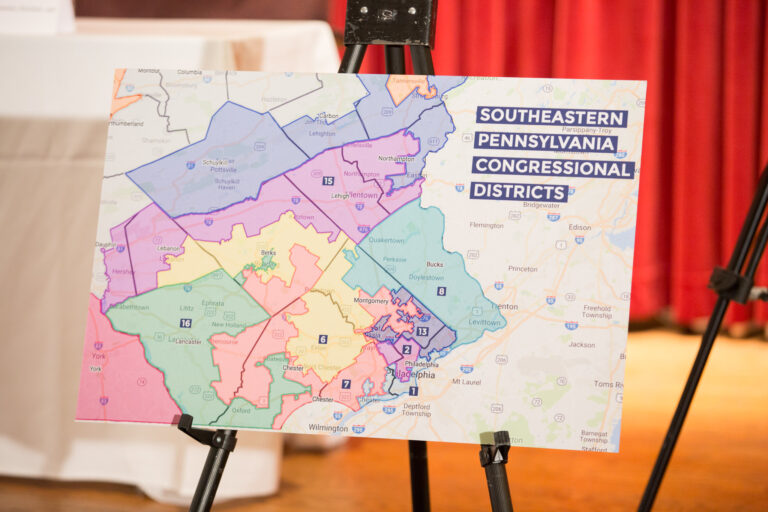Hannah Belitz is a student at Harvard Law School.
At the New York Times, Professor Robert Gordon weighs in on the president’s ability — or lack thereof — to stimulate economic growth. Professor Gordon explains that many voters expect Clinton and Trump to offer economic solutions to low growth rates, but although “bold presidential policies” can address some economic problems, “there are limits, and other problems may lie beyond the realm of feasible solutions.” As the unemployment rate draws “close to its minimum feasible,” for example, “further economic growth will be limited by a shortage of skilled workers.” As a result, any economic growth will likely depend on an increase in labor productivity — but labor productivity has also decreased, due in large part to technological advances. That said, Professor Gordon does note that policy changes like raising taxes on the “superrich” and abolishing tax loopholes and deductions that primarily benefit higher-income taxpayers would help address rising inequality and waning tax revenue. He also suggests following nations like Canada, Australia, and the Nordic countries, where “insecurity is less acute because government institutions are more robust.”
According to the Wall Street Journal, car makers are investing billions in Spain’s auto industry. The reason? Production costs are low. In 2012, the conservative Popular Party came to power and enacted new laws that “made it easier for employers to lay off longtime employees and weakened collective bargaining agreements.” However, that may change: the country is currently experiencing “political deadlock” that could prevent the Popular Party from forming a government. Meanwhile, the two biggest opposition forces, the Socialists and a left-wing alliance called Unidos Podemos, have campaigned on overturning the 2012 labor laws.
As the labor market arguably improves, less educated workers are facing better prospects. USA Today reports that employers are increasingly hiring workers without a four-year degree, and after being “pleased with the results,” have modified how they evaluate applicants. The numbers seem to support that claim: in July, the unemployment rate for high school dropouts fell from 7.5% to 6.3% (it was 8.2% a year ago). The rate for workers with a Bachelor’s degree or higher, however, has remained steady at 2.5%.






Daily News & Commentary
Start your day with our roundup of the latest labor developments. See all
December 16
Second Circuit affirms dismissal of former collegiate athletes’ antitrust suit; UPS will invest $120 million in truck-unloading robots; Sharon Block argues there are reasons for optimism about labor’s future.
December 15
Advocating a private right of action for the NLRA, 11th Circuit criticizes McDonnell Douglas, Congress considers amending WARN Act.
December 12
OH vetoes bill weakening child labor protections; UT repeals public-sector bargaining ban; SCOTUS takes up case on post-arbitration award jurisdiction
December 11
House forces a vote on the “Protect America’s Workforce Act;” arguments on Trump’s executive order nullifying collective bargaining rights; and Penn State file a petition to form a union.
December 8
Private payrolls fall; NYC Council overrides mayoral veto on pay data; workers sue Starbucks.
December 7
Philadelphia transit workers indicate that a strike is imminent; a federal judge temporarily blocks State Department layoffs; and Virginia lawmakers consider legislation to repeal the state’s “right to work” law.